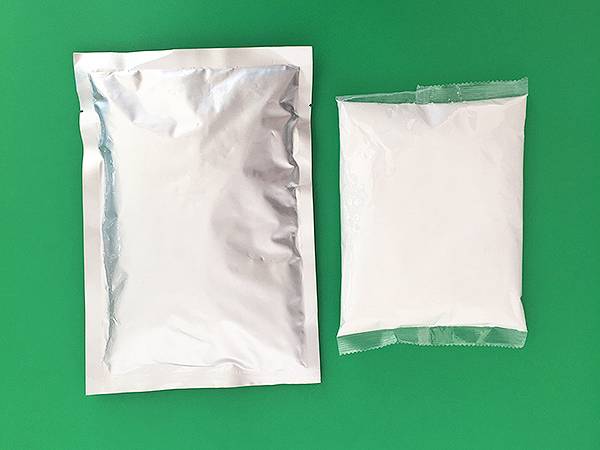



sodium hydroxide cas 1310 73 2
Understanding Sodium Hydroxide CAS Number 1310-73-2
Sodium hydroxide, commonly known as lye or caustic soda, is a highly versatile and important chemical compound with the CAS number 1310-73-2. It is an inorganic substance that consists of sodium, oxygen, and hydrogen, and is represented by the chemical formula NaOH. This compound has profound implications in various industries, ranging from manufacturing to food processing, and its utility is matched by the need for safe handling and knowledge of its properties.
Chemical Properties and Structure
Sodium hydroxide is a white, odorless solid, and when dissolved in water, it dissociates into sodium ions (Na⁺) and hydroxide ions (OH⁻). This dissociation makes it a strong base, with a high pH value in solution. The ability of NaOH to raise the pH of a solution makes it a critical player in neutralization reactions, where it can counteract acids to form salt and water.
In its pure form, NaOH is hygroscopic, meaning it readily absorbs moisture from the environment. This property necessitates careful storage in sealed containers to maintain its integrity. Sodium hydroxide is also highly soluble in water, generating significant heat upon dissolution, a principle that is carefully managed in industrial settings to prevent dangerous temperature spikes.
Industrial Applications
Sodium hydroxide has a wide range of applications in various industries
1. Manufacturing and Chemical Production NaOH is extensively used in the manufacture of various chemicals, including soaps, detergents, and bleach. Its powerful alkalinity makes it ideal for the saponification process, where fats and oils are converted into soap.
2. Pulp and Paper Industry In the paper manufacturing process, sodium hydroxide is utilized to break down lignin in wood, freeing cellulose fibers for pulping. This process is crucial in producing high-quality paper and related products.
3. Food Processing In the food industry, sodium hydroxide is used to cure olives, making them palatable by removing their natural bitterness. It is also employed in the production of certain foods like pretzels, where it gives a characteristic flavor and texture.
sodium hydroxide cas 1310 73 2

4. Water Treatment Sodium hydroxide plays a vital role in water treatment facilities. It is used to adjust the pH of water to make it less corrosive and to facilitate the removal of heavy metals through precipitation.
5. Biodiesel Production In the production of biodiesel, sodium hydroxide acts as a catalyst in the transesterification process, helping convert triglycerides (fats) into fatty acid methyl esters (biodiesel).
Safety and Handling
Despite its many benefits, sodium hydroxide is a highly caustic substance that can cause severe burns and damage upon contact with skin or mucous membranes. Proper safety protocols are crucial when handling NaOH. Personal protective equipment (PPE) such as gloves, protective eyewear, and appropriate clothing should always be worn while working with this compound.
In case of contact with skin or eyes, immediate rinsing with copious amounts of water is essential, and medical attention should be sought promptly. Sodium hydroxide spills should be neutralized with a weak acid, like acetic acid, before cleanup to minimize risks.
Environmental Impact
The environmental impact of sodium hydroxide is significant due to its potential to affect water bodies when released improperly. A sudden influx of NaOH can raise the pH of water bodies, harming aquatic life. Therefore, industries using sodium hydroxide must adhere to regulations governing its disposal and handling to mitigate ecological damage.
Conclusion
Sodium hydroxide (CAS 1310-73-2) is an essential chemical with diverse applications across multiple sectors, including manufacturing, food processing, and environmental management. While it offers significant advantages, it also poses safety risks that require diligent management. Knowledge of its properties, applications, and safety practices is crucial for anyone working with this powerful compound, ensuring that its benefits can be harnessed safely and effectively. Understanding sodium hydroxide not only highlights its importance in modern industries but also underscores the ongoing responsibility to use it wisely in order to protect both human health and the environment.
-
Why Sodium Persulfate Is Everywhere NowNewsJul.07,2025
-
Why Polyacrylamide Is in High DemandNewsJul.07,2025
-
Understanding Paint Chemicals and Their ApplicationsNewsJul.07,2025
-
Smart Use Of Mining ChemicalsNewsJul.07,2025
-
Practical Uses of Potassium MonopersulfateNewsJul.07,2025
-
Agrochemicals In Real FarmingNewsJul.07,2025
-
Sodium Chlorite Hot UsesNewsJul.01,2025










